Carnivorous Butterwort Pinguicula Agnata
Carnivorous plants definitely fall into the category of weird, wonderful and downright fascinating. Mesmerising houseplant owners of all ages with their striking appearances and fascinating adaptations to capture and feed on insects and small creatures. It is no wonder they have held their popularity for decades.
Pinguicula, commonly known as a Butterwort plant is a natural fungus gnat killer! If you have an issue with this pest this plant is for you.

Free Care Guide With Every Purchase
Scan the plant pot QR for instant access to our care guide for your plant. No hassle, no stress, just healthy and happy plants.
The best place to start with carnivorous plants is by understanding their natural habitat and how their environment has led them to form such unique adaptations. Carnivorous plants have been on the planet for a long time, around forty million years and have been found on almost every continent and tropical island with Antarctica being the only exception.
Carnivorous plants are typically found in areas that are high in natural light and moisture, as well as water-logged areas like swamps where the nutrients in the soil are virtually non-existent. Many of their strange adaptations have been formed from this lack of nutrients.
All plants need basic nutrients to survive and without them, they don’t stand much of a chance.
Nitrogen and phosphorus are two of the most important nutrients plants need, nitrogen is the main component in chlorophyll which plants use for photosynthesis. The other is phosphorus, which is needed to make this process possible. Plants use phosphorus to take in, store and convert the sun’s rays. Without it, they would be unable to use the sun’s energy to create the biomolecules (proteins, amino acids, DNA) they need to grow and reproduce.
Carnivorous plants have adapted over millions of years to get these essential nutrients from their environment. Unable to get these nutrients from the soil they have formed traps to capture insects and small creatures that are rich in the nutrients they lack.
There are approximately 600 different species that fall into the Carnivorous plant category. These different species have found ways of attracting, trapping, killing, and absorbing their prey purely to extract the nutrients they need for survival.
Most carnivorous plants will use bright colours, distinctive smells, and sticky surfaces to attract insects but there are some key mechanisms that make up the variations of carnivorous plants and most species can be spread across these different hunting strategies
- Snap traps use rapid leaf movement to snap shut and capture their prey.
- Bladder traps suck in their prey with a small internal vacuum.
- Pitfall traps entice prey into a small rolled-up leaf with digestive enzymes.
- Flypaper traps utilize sticky mucus to trap their prey.
- Eel traps use inward-facing hairs to force their prey towards the digestive organ.
Click here to check our care instructions to find out how to look after your carnivorous plant.
Would you like to learn about carnivorous plants? Check our article here.
Pet Friendly
- How much light does the Butterwort Pinguicula Agnata require?
- This plant thrives in environments with full light. A sunny windowsill or a spot under grow lights ensures it receives the amount of light it needs for optimal growth and effective insect trapping.
- Is the Butterwort plant suitable for beginners?
- Yes, the Butterwort Pinguicula Agnata is considered an easy-care plant. It’s an excellent choice for beginners interested in carnivorous plants due to its simple care requirements and pest control benefits.
- Can I keep this plant in a terrarium?
- Butterwort plants are well-suited for terrarium settings, especially those that replicate their natural high-moisture, well-lit environments. Ensure your terrarium allows for ample light to reach the plant to maintain its health and functionality.
☀️ Light
☀️☀️▫️ (Medium) – Carnivorous Butterwort Pinguicula Agnata thrives in bright, indirect light. Avoid direct sunlight as it can scorch the leaves. A spot near a window with a sheer curtain would be ideal.
💧 Water
💧💧▫️ (Medium) – Keep the soil consistently moist but not waterlogged. Use rainwater or distilled water for best results, as tap water can be too harsh for this sensitive plant.
🌡️ Temperature
🌡️🌡️▫️ (Average) – Prefers temperatures between 10°C to 21°C. Ensure the plant is kept away from draughts and heating vents to avoid sudden temperature fluctuations.
💦 Humidity
💦💦▫️ (Moderate) – Pinguicula Agnata enjoys a bit of humidity. Regular misting or a pebble tray can help maintain an ideal environment, especially during dryer months.
🪴 Repotting
Repot every two years or when the plant outgrows its pot. Use a soil mix specifically designed for carnivorous plants, rich in peat and with good drainage.
🐾 Pet Friendliness
This plant is pet-friendly! No need to worry about curious paws or noses making contact with your Butterwort.
🏠 Recommended locations at home
Ideal locations include well-lit kitchens, living rooms, and studies. Ensure the plant is placed where it can receive plenty of light but protected from direct sunlight.
🌿 Air Purifying
While primarily known for its insect-trapping abilities, Pinguicula Agnata also contributes to improving indoor air quality by trapping dust particles.
✨ Other Plant Features
With its unique insect-trapping mechanism, the Carnivorous Butterwort Pinguicula Agnata not only serves as a natural pest control but also adds an educational and aesthetic value to your home with its striking appearance.
If you have any more questions about caring for your Carnivorous Butterwort or any other plants, feel free to ask Mossbot for assistance or contact us via our website. Don’t forget, we also offer a free plant hospital service if your green friends feel under the weather!
| 5 star | 96% | |
| 4 star | 3% | |
| 3 star | 1% | |
| 2 star | 0% | |
| 1 star | 0% |
1-5 of 1364 reviews
Reviews
There are no reviews yet
Add a review
 Carnivorous Butterwort Pinguicula Agnata
Carnivorous Butterwort Pinguicula Agnata
Your review
* Review is required
Name
* Name is required
Email
* Email is required
Add photos or video to your review
* Please tick the checkbox to proceed
We’re a small family business with a big love for plants.
From our base in Aberdeen, we pack every order with care and love. Our small size means we can be flexible with special requests, and we’re always happy to help. We reuse packaging, craft our own eco-friendly products, and offer friendly advice whenever you need it.
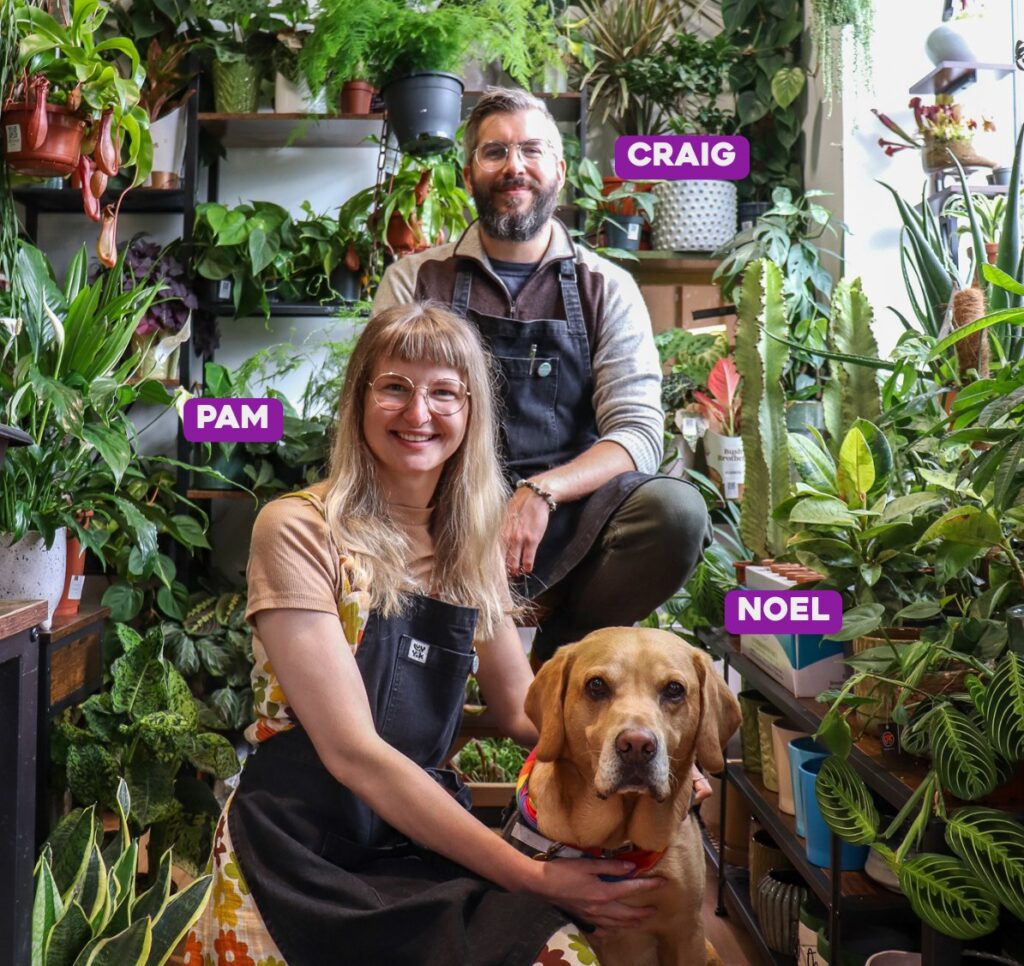
Follow us for plant inspiration, tips & behind-the-scenes!
See our opening times and get directions to our Aberdeen shop – we always love a local review too!
Highland Moss
What Our Clients Say


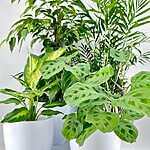
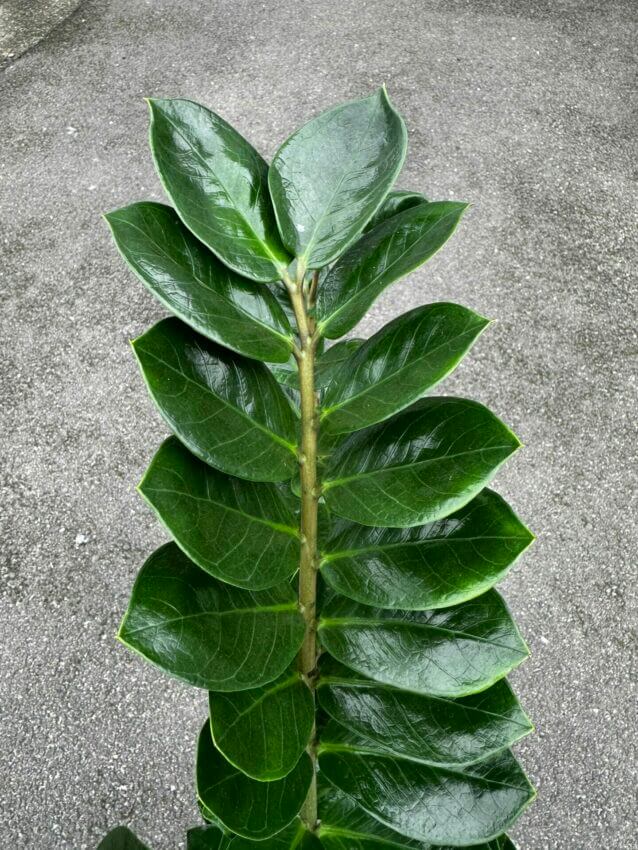
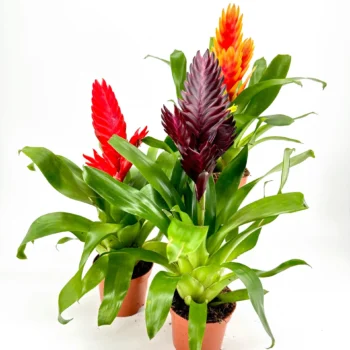
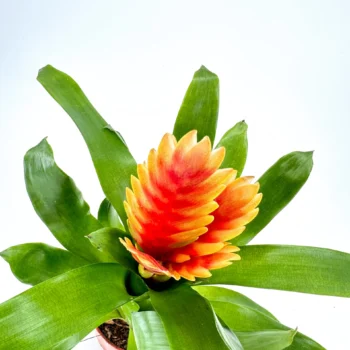
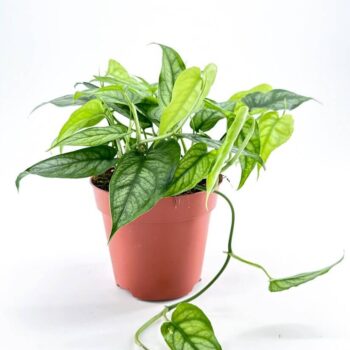
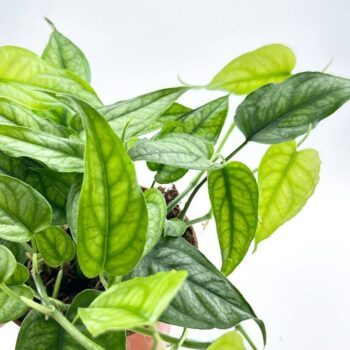
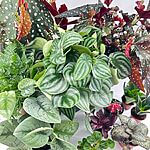


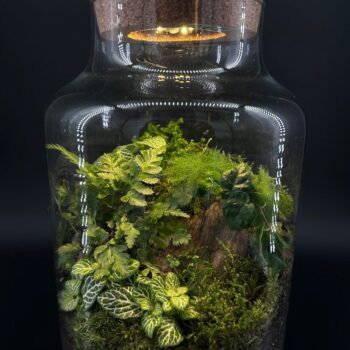
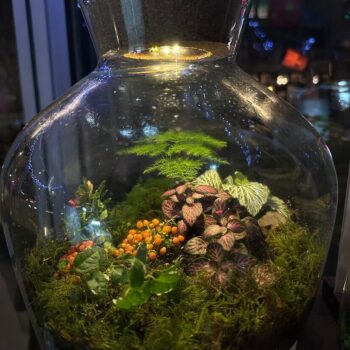


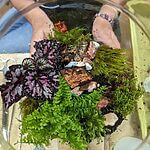


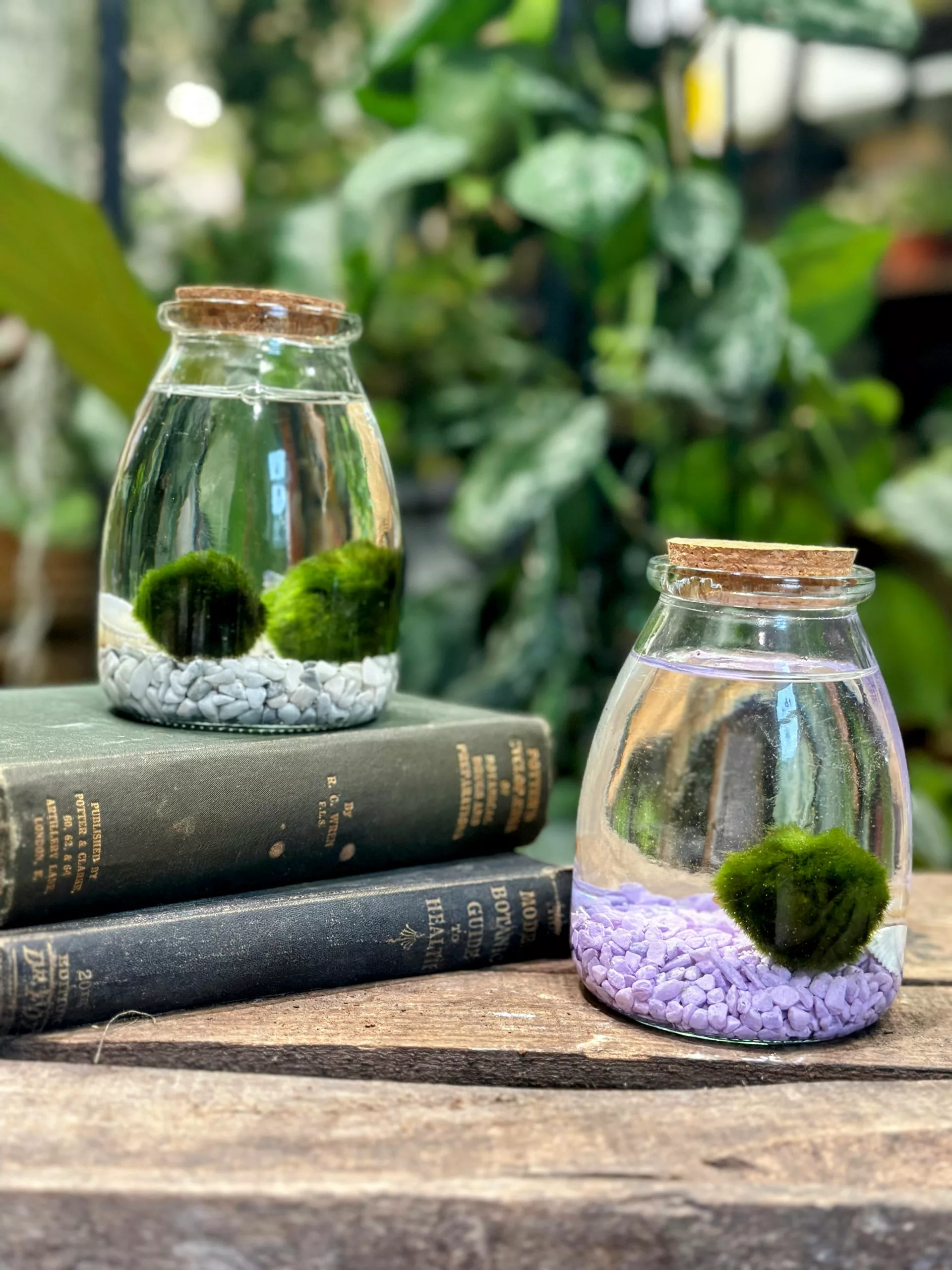
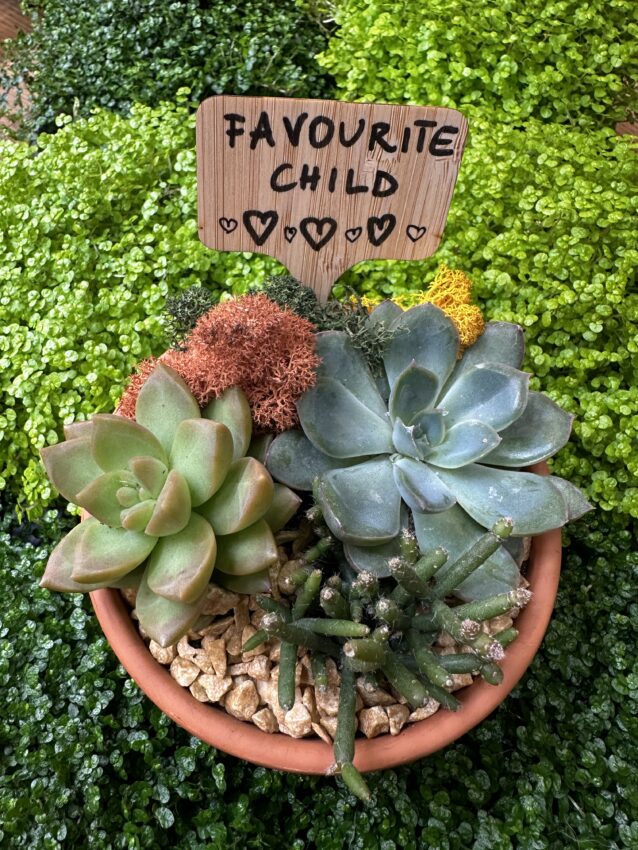
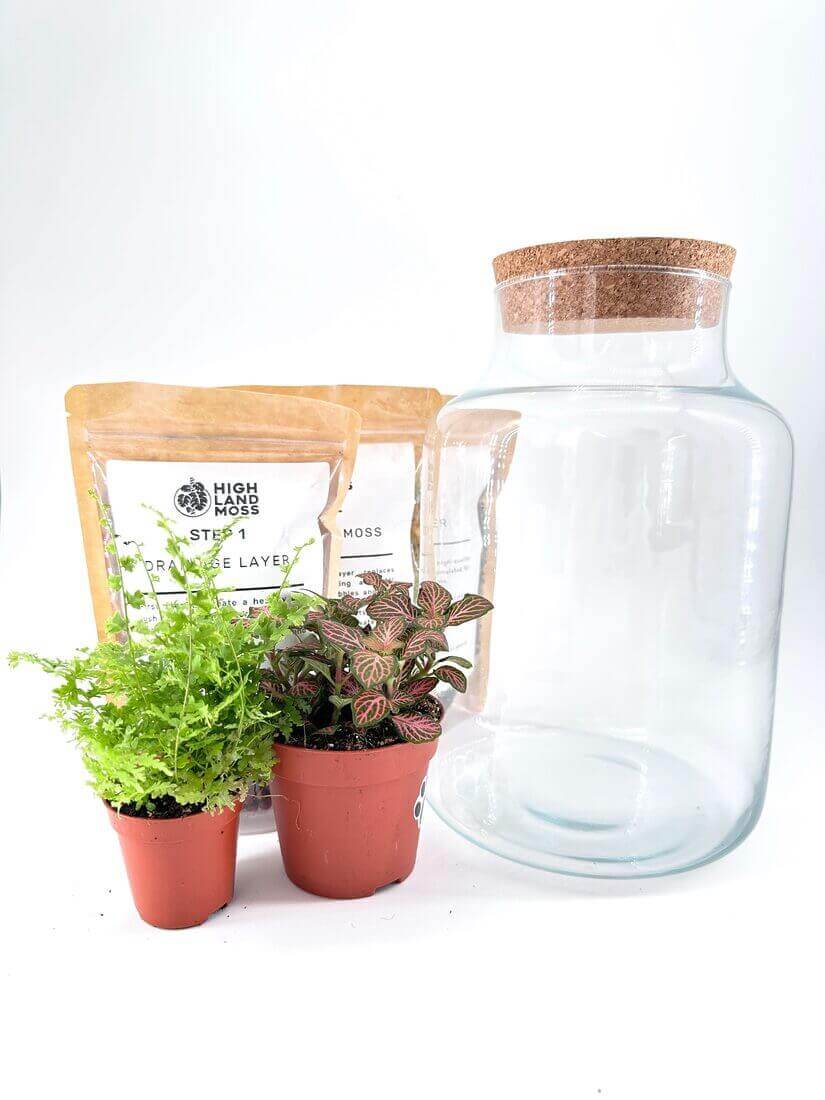
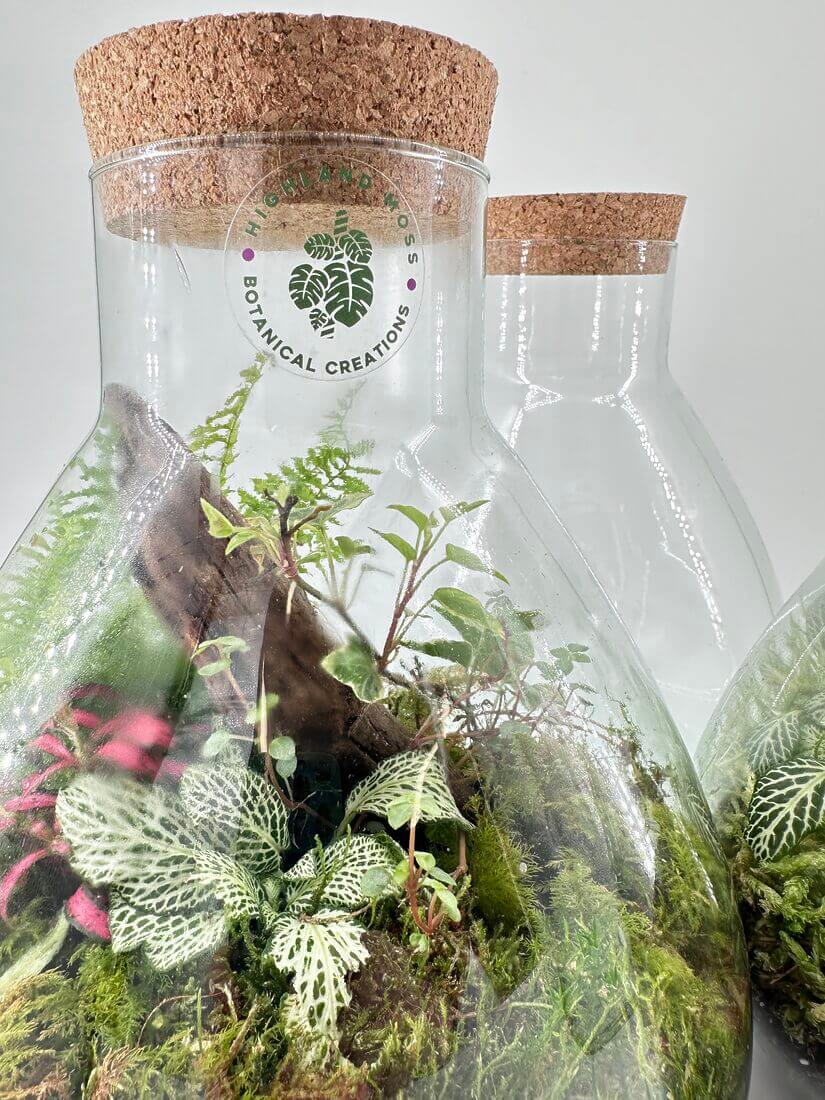
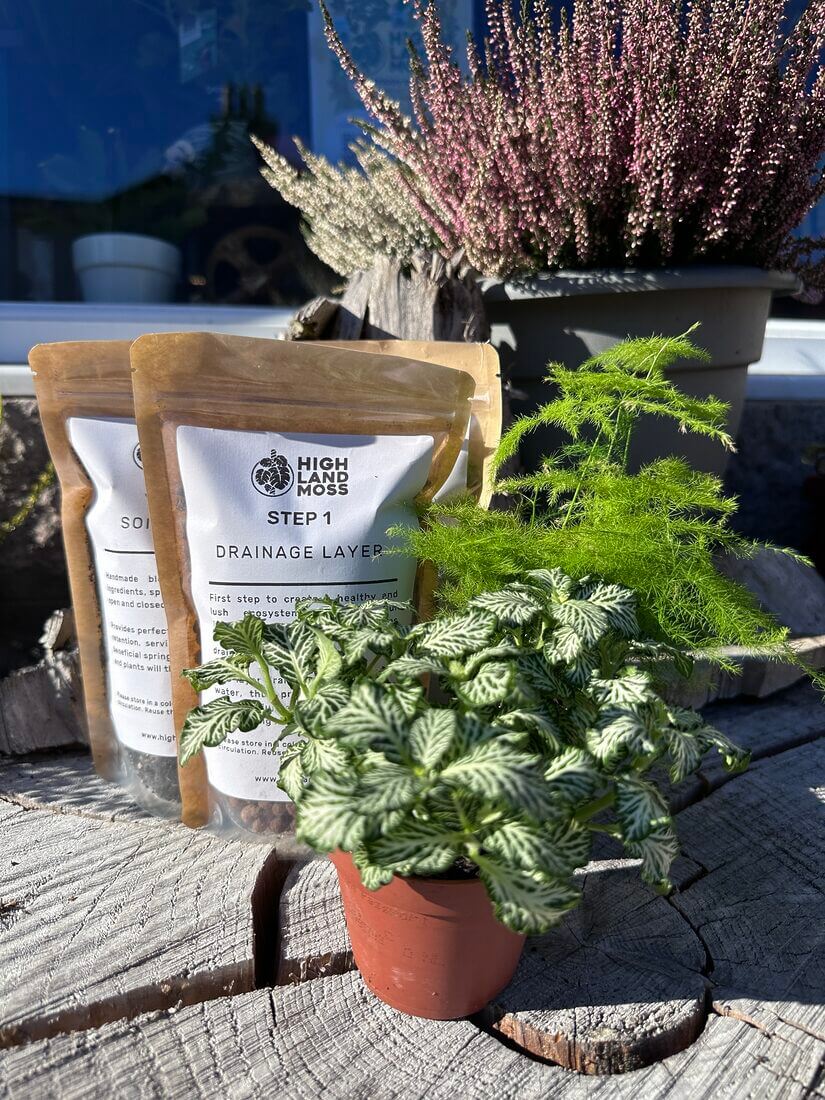

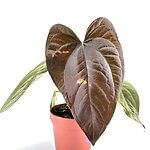


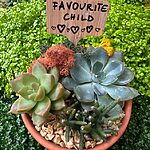
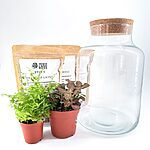
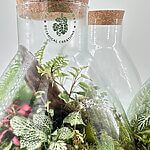
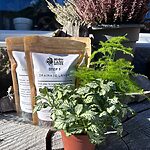


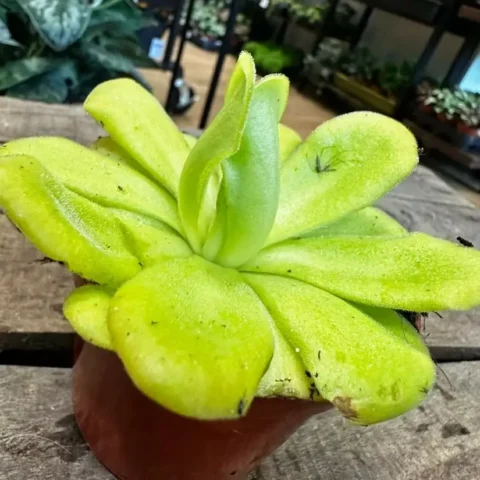







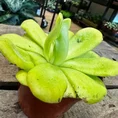
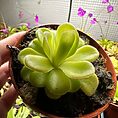
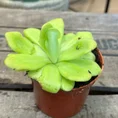
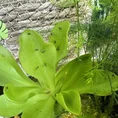
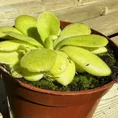
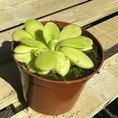
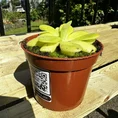
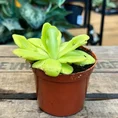
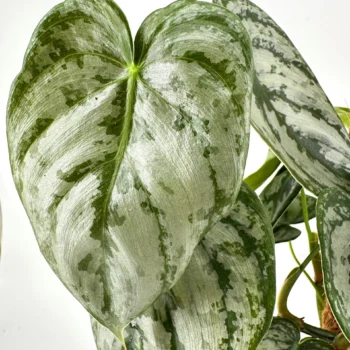
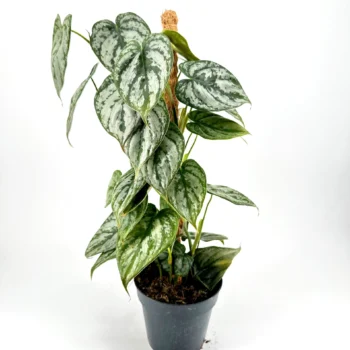
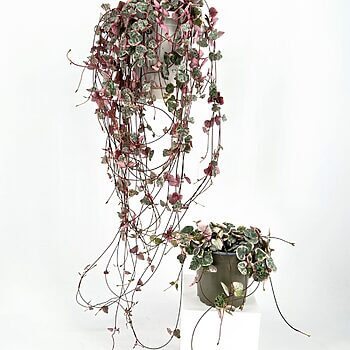
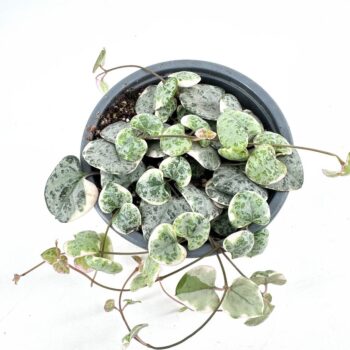
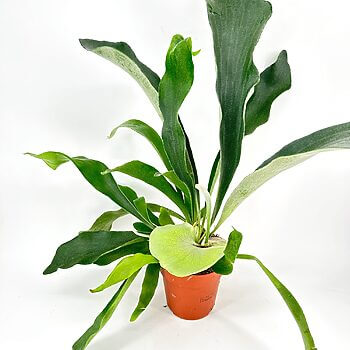
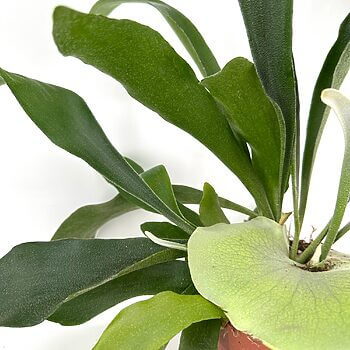

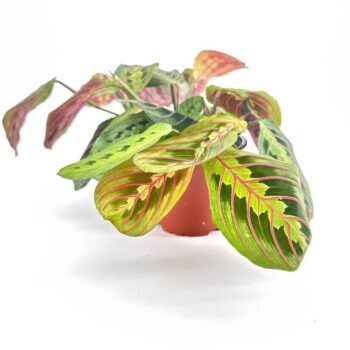
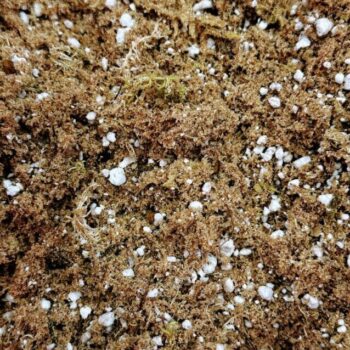
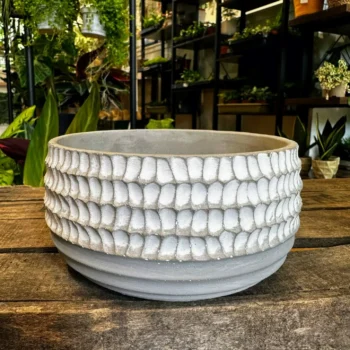
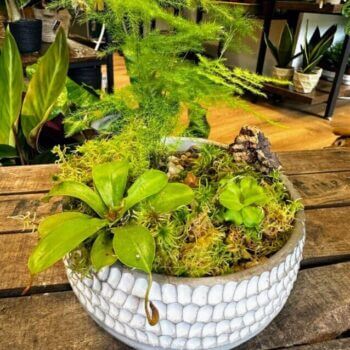
Apart from a slight hiccup with delivery everything was superb.
Delivered same day of order, fantastic service!
As always, amazing service and high quality plant from Highland Moss! Plus an added bonus of Noel and Angus’ impeccable customer support!
Responsive, fast delivery and high quality.